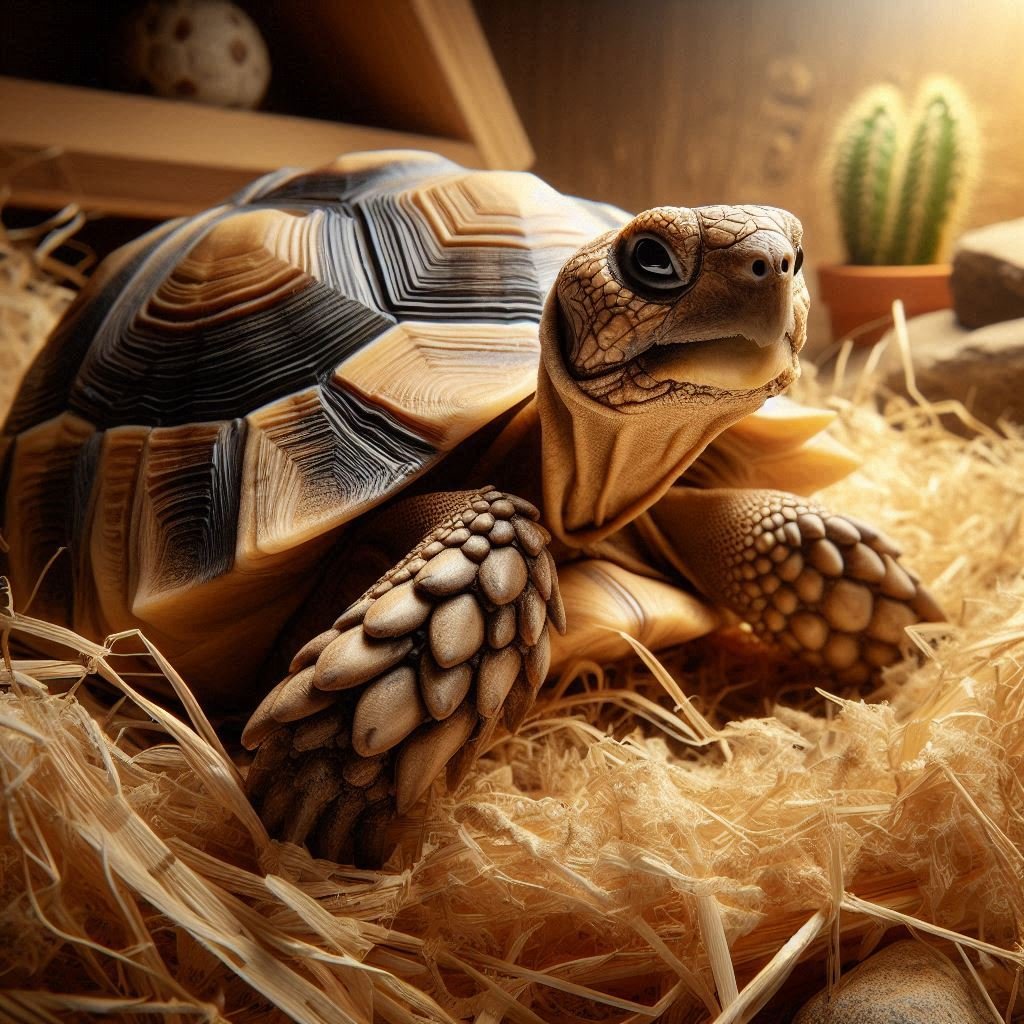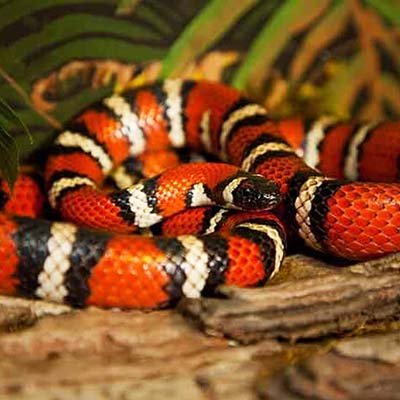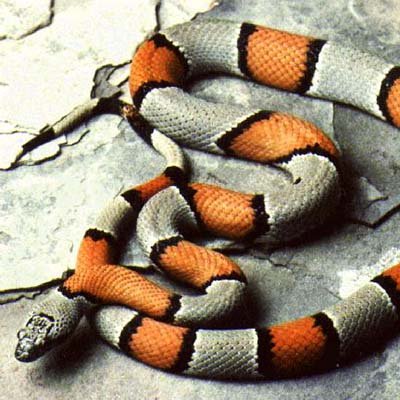
Image from: https://thealexandriazoo.com/
Honduran Milk Snake
Scientific name
Lampropeltis triangulum hondurensis
Lifespan
12 to 20 years
Size
4 to 5 feet
Diet
Mice and small rats
Annual Cost
$300 to $500
Estimated Price
$100 and $500
Honduran Milk Snakes: Appearance, Origin, and Behavior
The Honduran Milk Snake (Lampropeltis triangulum hondurensis) is a strikingly beautiful non-venomous snake that belongs to the colubrid family. Native to Central America, this subspecies of the milk snake is known for its vibrant coloration and manageable temperament, making it a popular choice for reptile enthusiasts.
Adult Honduran Milk Snakes typically range between 4 and 5 feet in length, with some individuals reaching up to 6 feet. Females tend to grow slightly larger than males. Their smooth, glossy scales feature a tri-colored pattern of red, black, and yellow or orange bands, though there are several genetic morphs available, such as albino, tangerine, and hypo variations. While traditional patterns are common, morphs are selectively bred and can range from rare to more accessible depending on the type.
These snakes have a lifespan of 12 to 20 years in captivity, which is generally longer than their lifespan in the wild due to controlled environments and consistent care. Found primarily in Honduras, Nicaragua, and Costa Rica, they inhabit lowland forests, grasslands, and regions with dense vegetation. Their shedding process occurs every few weeks for juveniles and about every six to eight weeks for adults, signifying healthy growth. Breeding them in captivity is relatively straightforward for experienced keepers, provided the right conditions are met.
Advertisement
Honduran Milk Snake Care Tips and Common Health Problems
Honduran Milk Snakes are resilient but can face health issues like respiratory infections, scale rot, and internal parasites. Look out for symptoms such as lethargy, wheezing, or discolored scales. Regular veterinary checkups are vital to catch potential problems early. Quarantine any new snake for 30 days to prevent the spread of illnesses to other reptiles.
To keep your snake healthy, maintain optimal humidity and temperature levels in its enclosure. Grooming requirements are minimal; a clean habitat and proper shedding support suffice. Shedding aids, such as reptile-safe sprays, can help during difficult sheds. The initial cost of a Honduran Milk Snake ranges from $100 to $300, depending on its morph. Annual care, including food, substrate, and vet visits, may cost around $300 to $500. Reputable brands like Zoo Med and Exo Terra offer quality products for enclosures and maintenance, which are widely available online.

Image from: https://snakesatsunset.com/
Honduran Milk Snake Feeding and Diet?
Honduran Milk Snakes are carnivorous and primarily eat rodents like mice and small rats in captivity. Juveniles should be fed every 5 to 7 days, while adults can be fed every 7 to 10 days. Always offer appropriately sized prey—generally no larger than the snake’s widest point.
Feeding should take place inside the enclosure to minimize stress, though some keepers prefer using a separate container to reduce substrate ingestion. If a snake refuses to eat, offering a warmed, freshly thawed rodent can help. Avoid live prey to prevent injuries to the snake. Clean, chlorine-free water should always be available in a shallow dish. While supplements are usually unnecessary, calcium and vitamin powders can benefit snakes recovering from illness.
Advertisement
How To Setup Honduran Milk Snake Habitat?
A proper enclosure for a Honduran Milk Snake is crucial for its health and well-being. Juveniles thrive in a 20-gallon tank, while adults require at least a 40-gallon enclosure. Use a secure, escape-proof terrarium from trusted brands like Exo Terra or Zilla. Line the bottom with substrates such as aspen shavings or coconut husk for easy cleaning and burrowing.
Hiding spots are essential for their sense of security—include at least two hides, one on the warmer side and another on the cooler side of the tank. Add climbing branches and artificial plants for enrichment. Maintain the habitat temperature between 78–82°F with a basking spot of 85–90°F. A heat mat with a thermostat ensures precise temperature control. Humidity should stay around 50–60%, which can be achieved with regular misting or a water dish placed under a heat source.
Keep the enclosure clean by spot-cleaning daily and performing a deep clean monthly. Avoid sharp decorations that may harm the snake and ensure proper ventilation to prevent respiratory issues. A simulated wild habitat with naturalistic décor and varied textures can enhance the snake’s environment, promoting both mental and physical health.

Image from: https://www.reptilecymru.co.uk/
Are Honduran Milk Snakes Good as Pets?
Honduran Milk Snakes are generally docile and rarely bite, making them suitable for responsible pet owners. However, like all snakes, they should be handled with care to prevent stress. Their striking colors and calm demeanor make them appealing, but they require a secure enclosure to prevent escapes, as they are skilled at squeezing through gaps.
These snakes are not venomous and instead rely on mimicry to deter predators in the wild, resembling venomous coral snakes. They are solitary animals and should not be housed with other species or even other snakes, as they can be cannibalistic. While they are child-friendly under supervision, ensure that young children handle them gently and only in short sessions.
Advertisement
Want To Adopt A Honduran Milk Snake?
When adopting a Honduran Milk Snake, choose a healthy, alert individual with bright eyes and smooth scales. Red flags include lethargy, wheezing, retained shed, or visible mites. Captive-bred snakes are preferable to wild-caught ones due to better health and reduced stress.
Expect to pay between $100 and $500 depending on the snake's morph and breeder. In the U.S., they are widely available, though some states may have specific regulations. Always check local laws before adoption. Internationally, they are also available in countries like Canada, Japan, and India, but prices and availability vary. Captive breeding programs ensure that these snakes remain sustainable for the pet trade.












No comments posted yet !